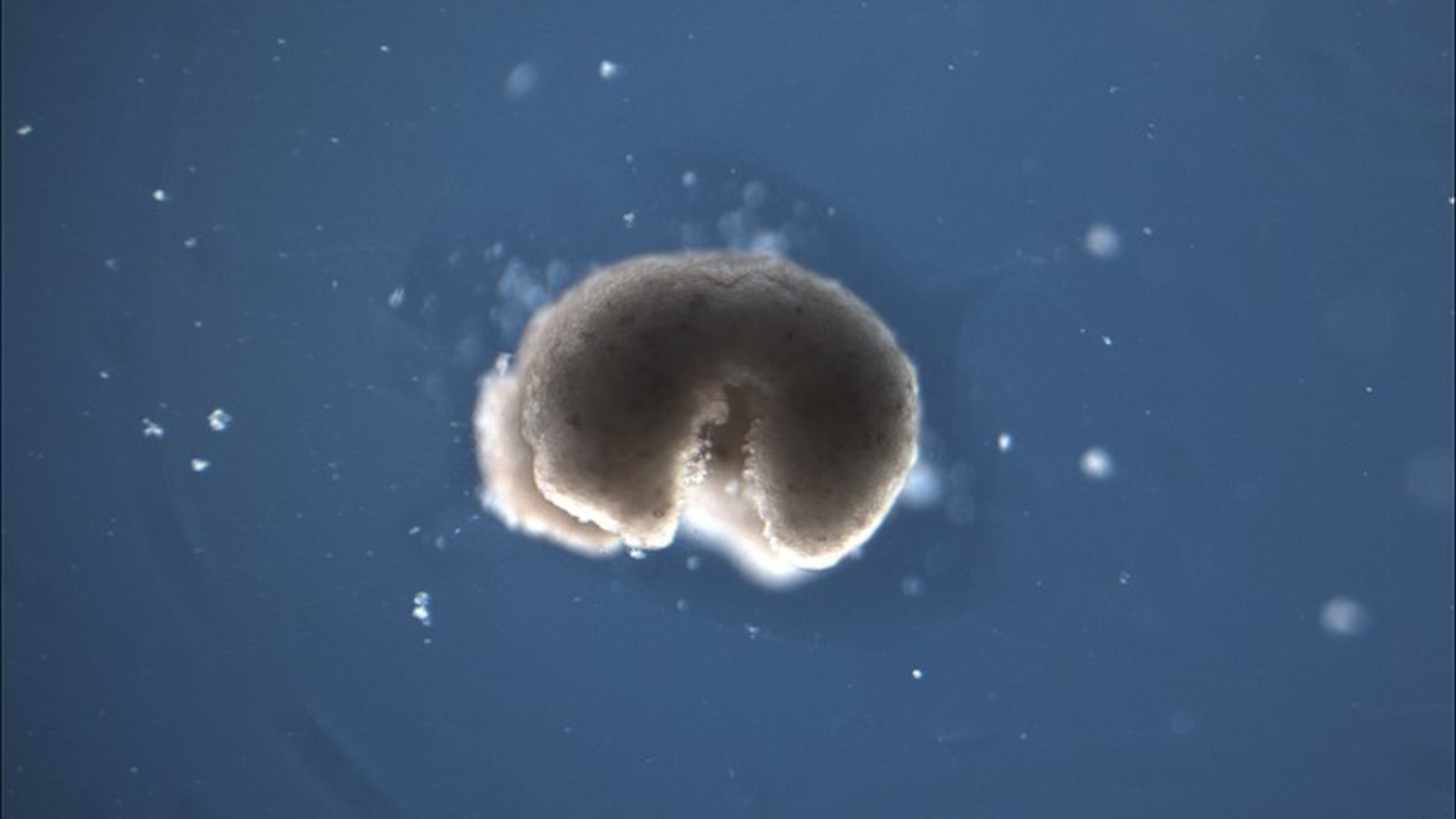Life designed by artificial intelligence
A team of evolutionary biologists and computer scientists at the University of Vermont has created an AI system that designs living robots. The computer uses an algorithm inspired by evolutionary theory and natural selection. The xenobots are made from the cells of the African clawed frog ((Xenopus laevis). They can be programmed to exhibit specific behaviors, such as walking across the bottom of a petri dish. To propel themselves, the xenobots are equipped with cilia: these hairs are also found in microbes such as cilia. The cilia allow these microbes to move and "walk" over surfaces. The movements and behavior of the xenobots resemble that of other microorganisms and blur the traditional distinction between animal and robot.
Self-reproducing robots
The xenobots can be designed to perform simple tasks. Now it turns out that they can also reproduce spontaneously. This came as a big surprise to the scientists. Although the xenobots consist of the cells and DNA of frogs, they reproduce in a completely different way. As they propel themselves, the organisms push loose elles together until this eventually forms a new organism. This is a completely new form of reproduction not found in any other animal or plant.
What xenobots can tell us about life
The xenobots are a promising tool for scientists to investigate how multicellular life arose more than 540 million years ago. This arose through the interactions of single-celled organisms, which can now be studied for the first time using the xenobots. These synthetic life forms make it possible to explore alternative life forms because they give more and different options than the life forms we can see around us. Therefore, they can be very useful for studying life that has not existed for a very long time.
Tracking bio-robots
Some researchers see the xenobots as a new scientific tool. The small robots are of interest to medical science because they can be used to perform medical procedures inside the body. The xenobots can also be used to detect pollution, for example in the soil or in a local waterway, or to monitor radioactivity.
Source:
Scientific American
Wyss Institute for Biologically Inspired Engineering

